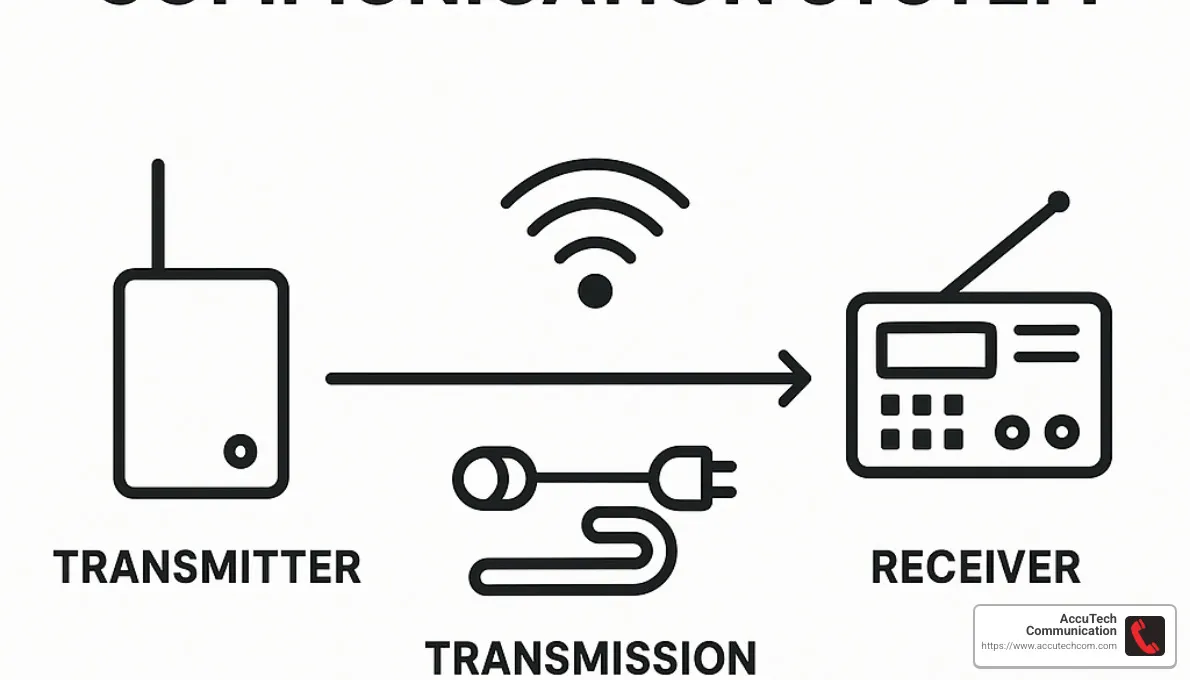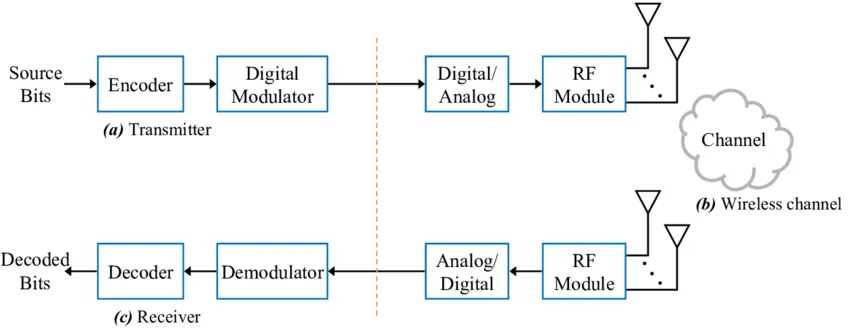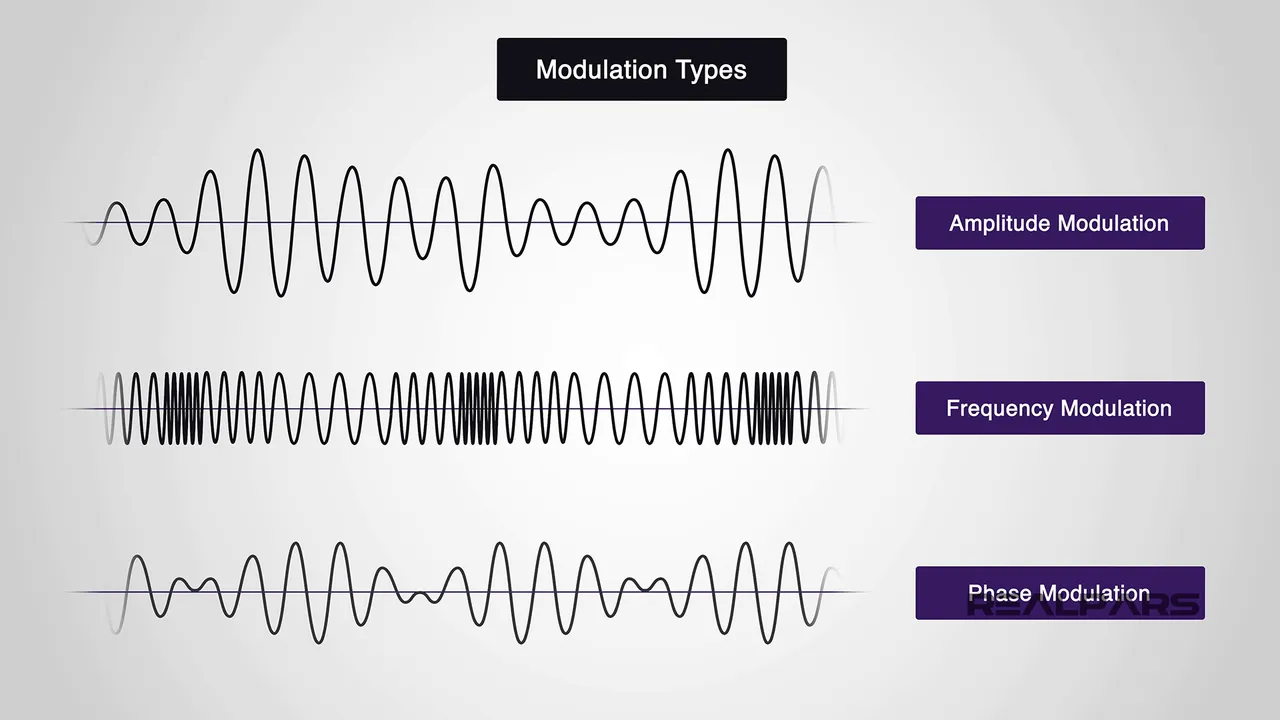In my previous blog, I spoke of how curiosity got the best of me and led me to take up interest in the field of wireless communication. Switching things up this week, we take a dive into the basic operations behind what makes wireless communication actually work.
How’s is it that you’re able to stream videos on YouTube? How are you able to have real-time video calls with your friends? It’s fun when your Wi-Fi network connections succeeds. The question.
How do these connections and communications take place? Let’s get into it!
A Simple Framework
A minimalistic overview of the sections involved in wireless communication can be grouped into three:
- The transmitter side.
- The Communication Channel
- The receiver side.

Alright! We’re done right?
Hold your horses. These general terms only give a surface-level view. There’s a lot more that lurks beneath.
With that said, let’s break things down and see how communication is made possible, with respect to each part’s contribution.

The Transmitter Side.
How is the information prepared? What techniques are involved in getting the data ready to be sent? How does it actually get transmitted? Questions like these are concerns of the transmitter.
Digital devices are ubiquitous and form part of our everyday lives. How do we interact with data on these devices? In a digital form. This means we represent data as bits: 1s and 0s basically electrical ONs and OFFs). These states are typically modelled using voltage levels, where a high voltage represents a 1 (ON) and a low voltage represents a 0 (OFF).
But here’s the hurdle we face: we cannot transmit data through the air as raw electrical pulses. Therefore, a suitable form of transmission has to be chosen and that’s where the real magic begins
From Bits to Waves
Most naturally occurring signals like sound and temperature are analogue. But because our devices work with digital data, we first need a way to convert these analogue signals into discrete forms. This can be done through sampling and quantization, which break down continuous analogue signals into discrete values that digital systems can understand.

These digital values are then used to generate electrical signals: voltage levels that represent the data over time, which are shaped into patterns representing the bits. However, those signals still can’t travel through the air directly. They need to be embedded into a high-frequency waveform that can be broadcast as electromagnetic waves.
This is where modulation come in. Techniques like Amplitude Modulation (AM), Frequency Modulation (FM), Amplitude Shift Keying (ASK), Quadrature Amplitude Modulation (QAM) and others are used to shape the carrier wave with the actual data. Once the signal is modulated, the antenna’s electronics / RF (radio frequency) circuitry generates the electromagnetic waves that represent that data. Then boom, the signal is on its way!

Interesting right? I know! Basically, that’s what happens at the transmitter side. I realized much of my explanation may lean a bit toward cellular networks (since that’s where I’ve done more reading so far). Nevertheless, these general operations like modulation are also common across many types of wireless communication systems.
This concludes Part 1 of "What makes wireless communication works?". In Part 2, we would explore the Communication Channel and Receiver Side. I'm open to your views, suggestions and/or corrections on what has been said.
Missed my first post? No worries. You would find that here
Let's learn together. Stay tuned for more!
Peace Out! ✌️